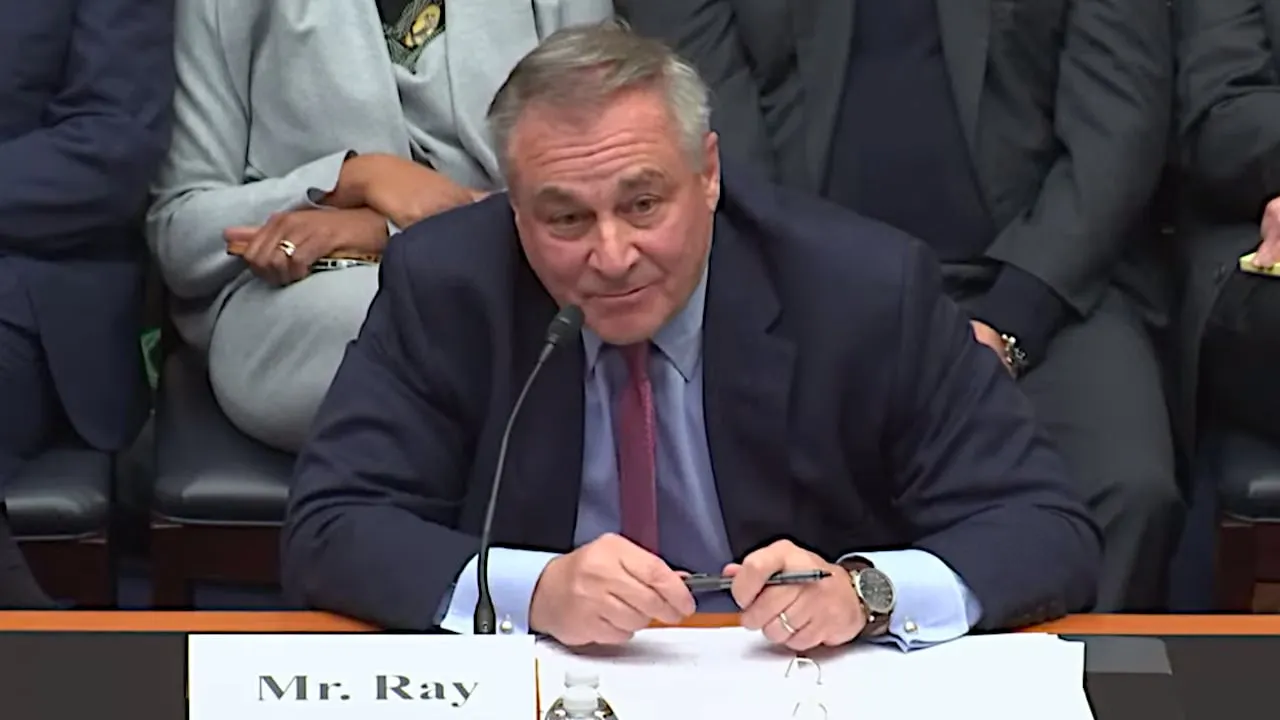FTX’s CEO John J. Ray III, who is overseeing the exchange’s bankruptcy proceedings, submitted a damning interim report of the firm’s operations on April 9, 2023.
Filed with the U.S. bankruptcy court of Delaware, the report provides an update on the FTX debtor's recovery efforts and the issues faced.
Ray wrote that the debtors “have had to overcome unusual obstacles due to the FTX Group’s lack of appropriate record keeping and controls in critical areas.”
The new report further details how FTX was managed, its lack of clear record-keeping, and its inability to keep the exchange secure.
These and other “control failures” have made it especially difficult for the debtors to recuperate funds to make their long list of creditors whole again.
“In this regard, while the FTX Group’s failure is novel in the unprecedented scale of harm it caused in a nascent industry, many of its root causes are familiar: hubris, incompetence, and greed,” the report reads.
FTX’s house of financial mirrors
The 45-page report detailed FTX's daily activities, indicating that FTX was "a web of parallel corporate chains with various owners and interests, all under the ultimate control of Bankman-Fried."
Its CTO Gary Wang and engineering director Nishad Singh also wielded hefty control over the firm’s operations, per the report. These two individuals have pleaded guilty and are cooperating with the authorities to help in the legal proceedings.
Ray cites reports of employees facing undue negative repercussions after disagreements, after which they reportedly faced reduced bonuses or sudden terminations to curb opposition.
In one instance, the legal counsel of the firm “instructed” FTX.US President Brett Harrison to apologize to Bankman-Fried and Singh for raising concerns at the firm. Harrison refused to do so before announcing his resignation.
Bankman-Fried and top officials also joked internally about their tendency to lose track of millions of dollars in assets.
"We sometimes find $50 million of assets lying around that we lost track of; such is life," Bankman-Fried said, per the report.
The report also alleges that the company kept few or no records of daily trading activities, loans, and transactions with sister companies.
“Copies of key documentation—including executed loan agreements, intercompany agreements, acquisition and investment documents, bank and brokerage account statements, and contract and account information of all types—were incomplete, inaccurate, contradictory, or missing entirely,” the report said.
The firm's organizational structure had no room for dedicated financial risk, audit, or treasury departments either. Key executives like chief financial officers, risk officers, and auditors were "missing at some or all critical entities," per the report.
Besides commingling customer funds, the exchange practiced complete disregard for cybersecurity and the safety of user funds too. The exchange reportedly held most of its funds in hot wallets and allegedly lied to customers and third parties about their "cold wallets."
Hot wallets are connected to the internet via third-party clients and are regarded as less secure than “cold wallets,” which store encrypted keys to cryptocurrencies offline.
What’s next for FTX, debtors and creditors?
According to bankruptcy filings norms, Ray's interim report is the first of many reports to provide an update on the financial condition and the progress made in recovering funds.
He added that they have already recovered "$1.4 billion in digital assets, and have identified an additional $1.7 billion in digital assets that they are in the process of recovering."
Sam Bankman-Fried faces an October 2, 2023 trial date. He faces a number of different charges, including fraud, defrauding the Federal Election Commission, and allegedly bribing a Chinese government official.

